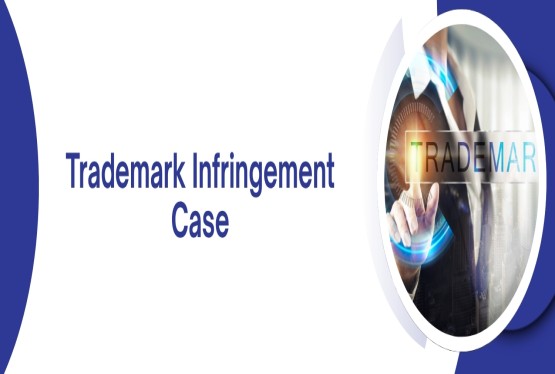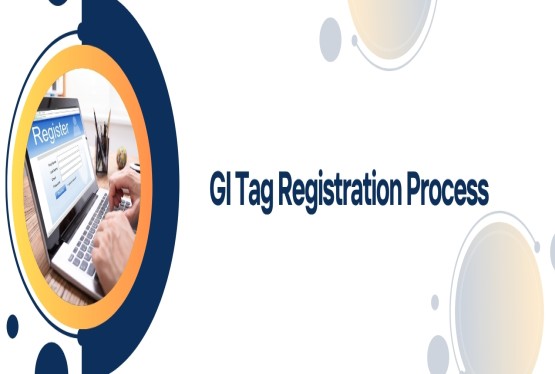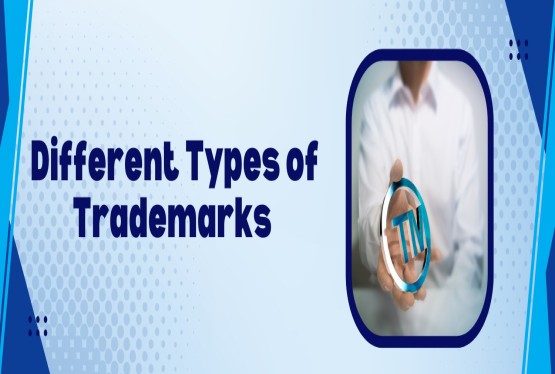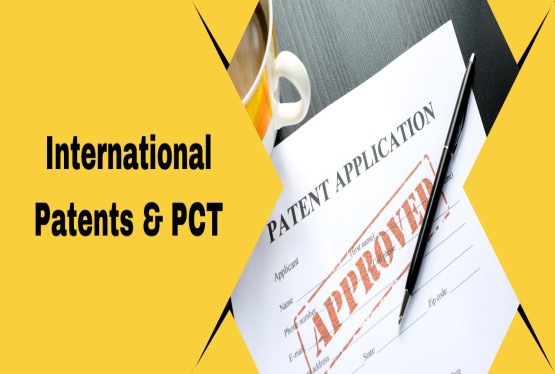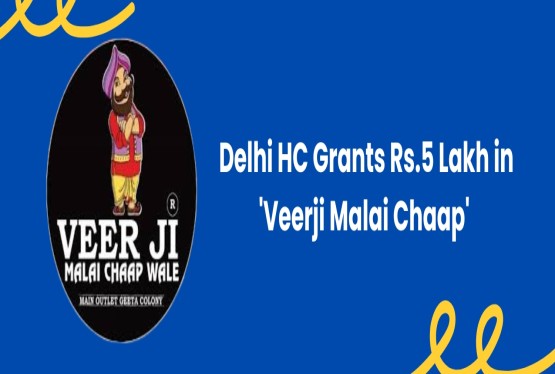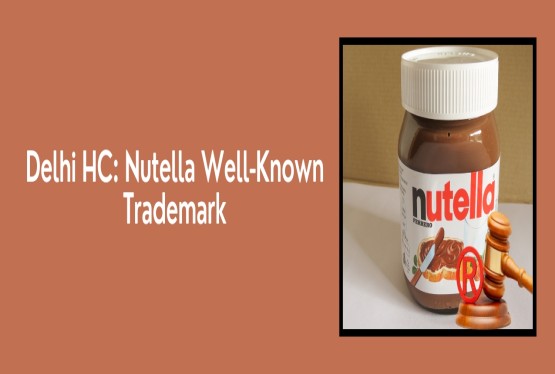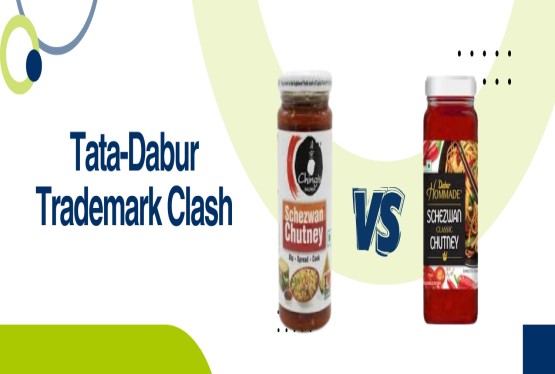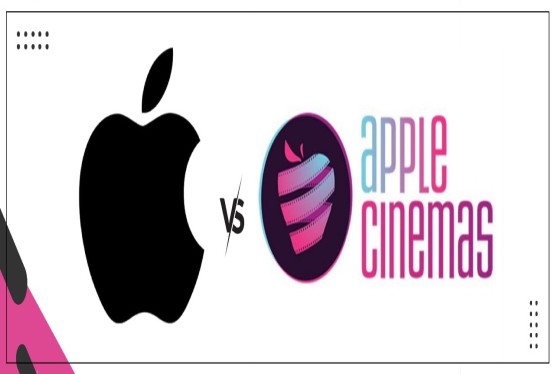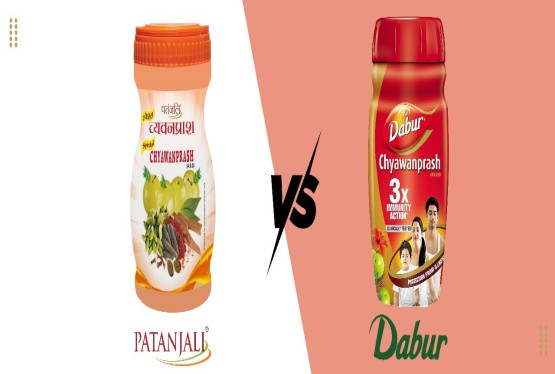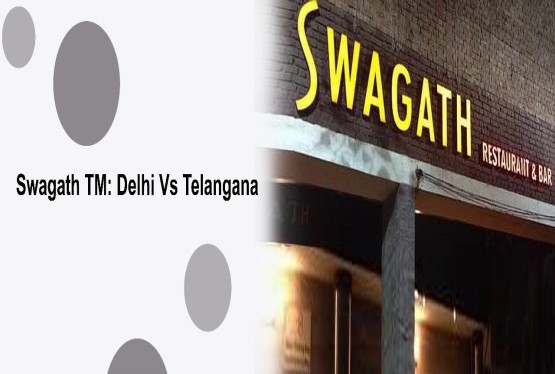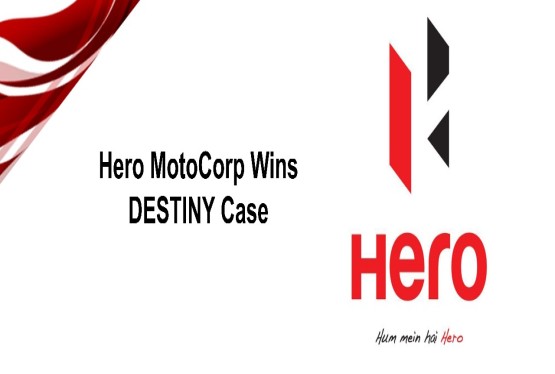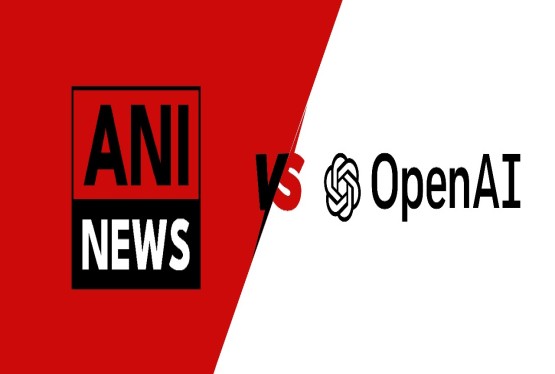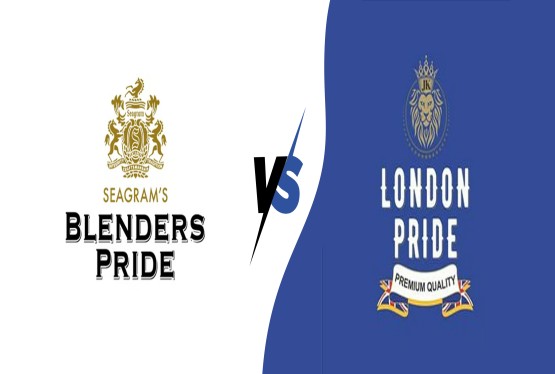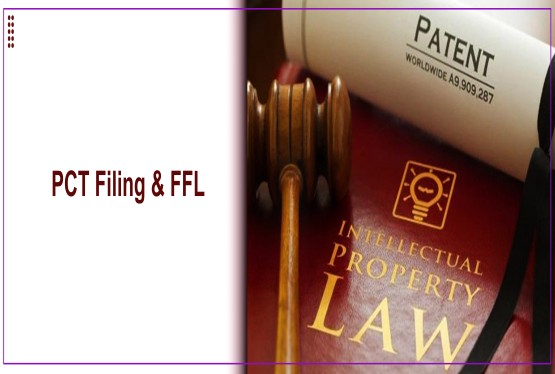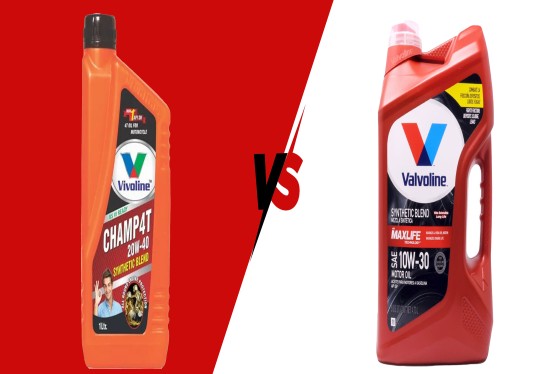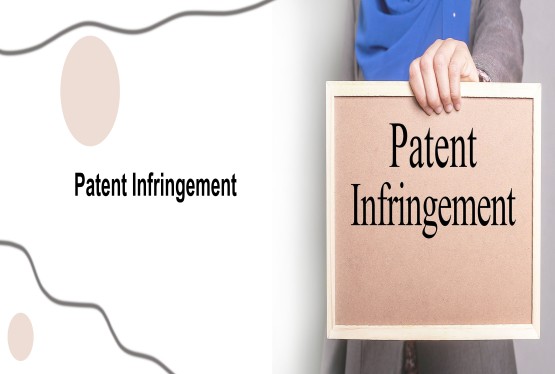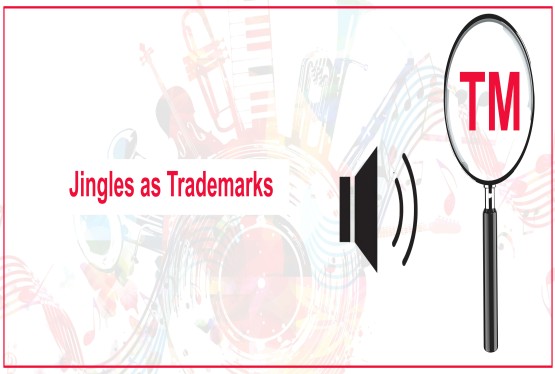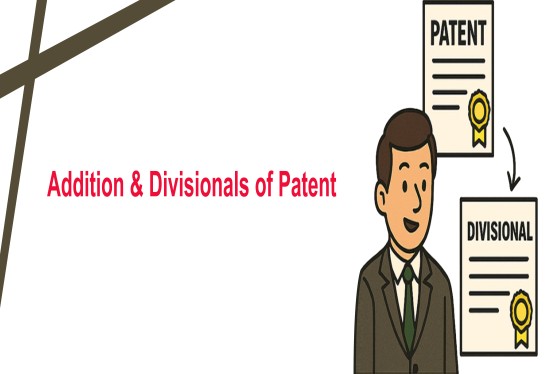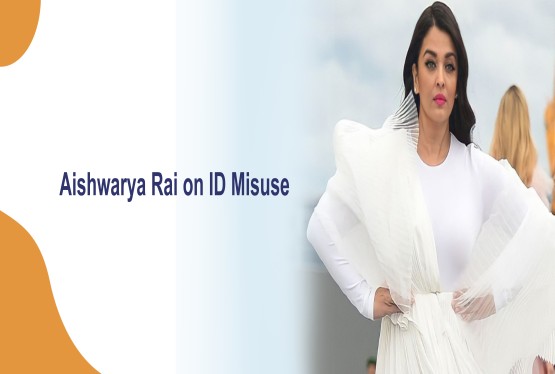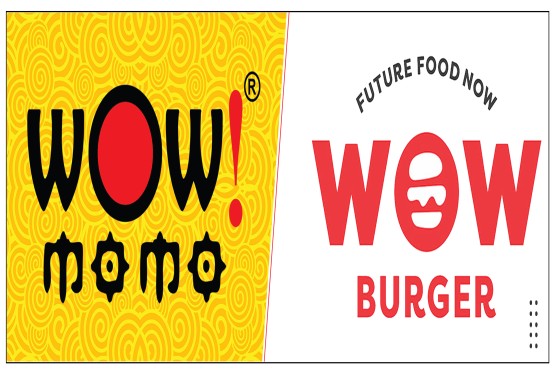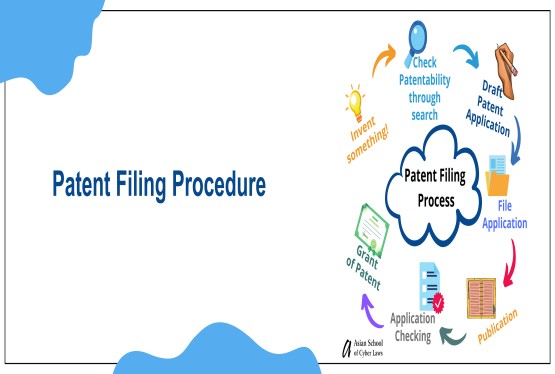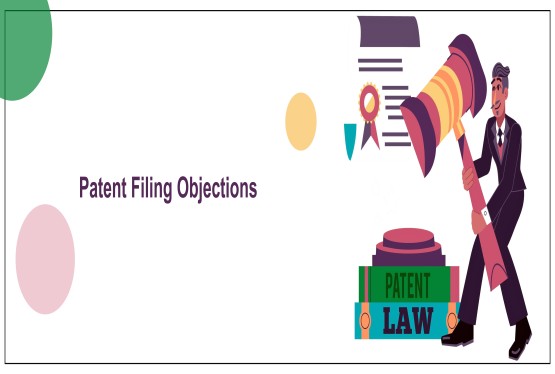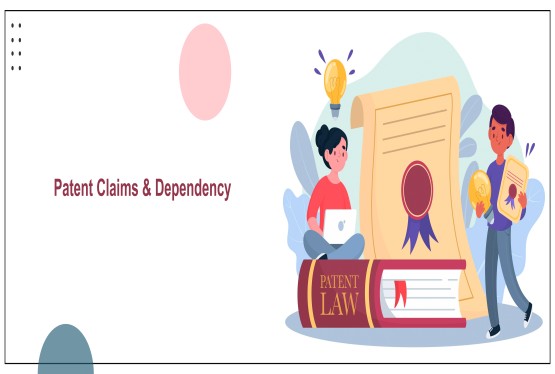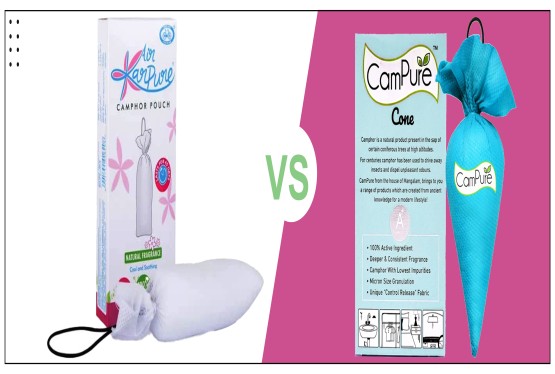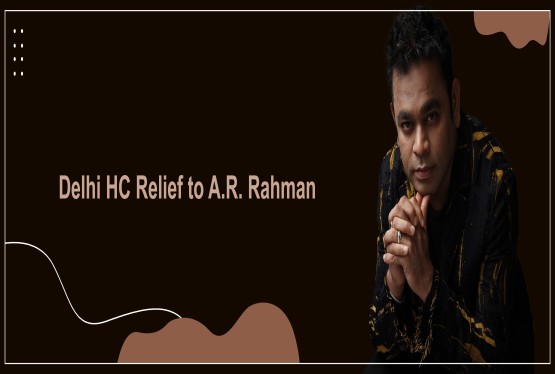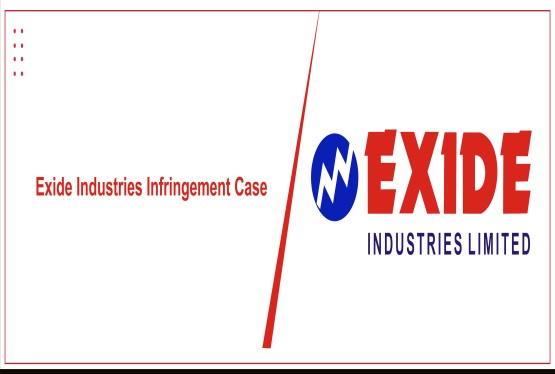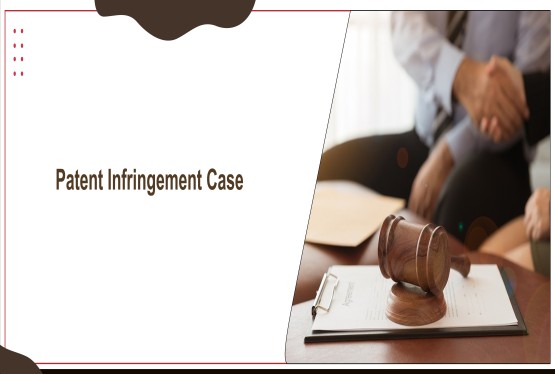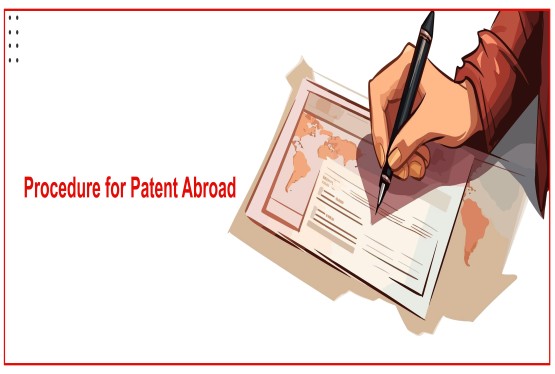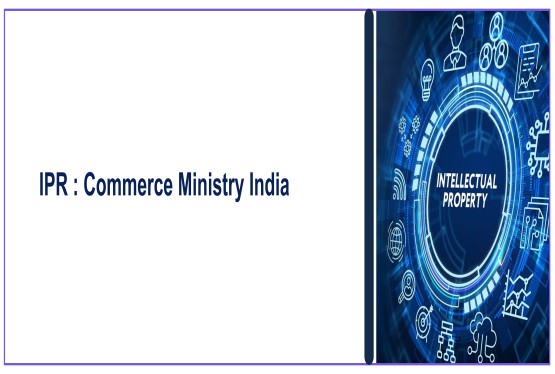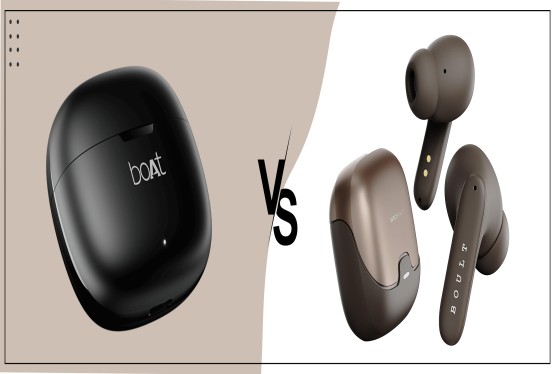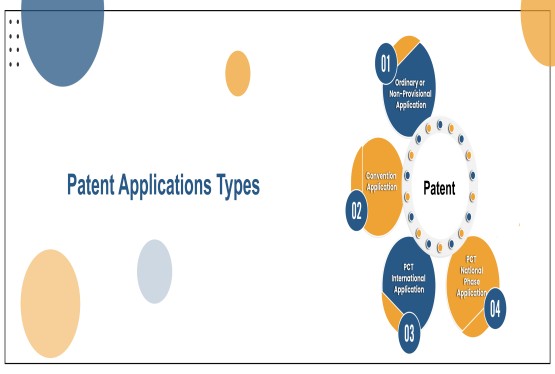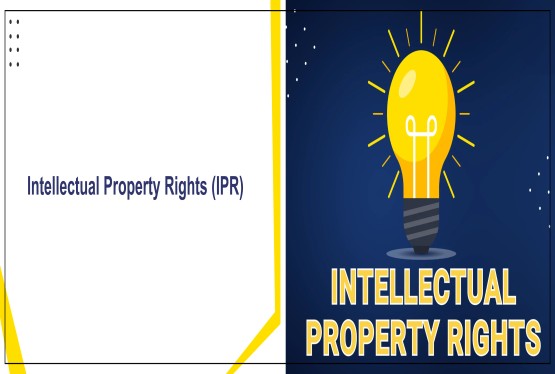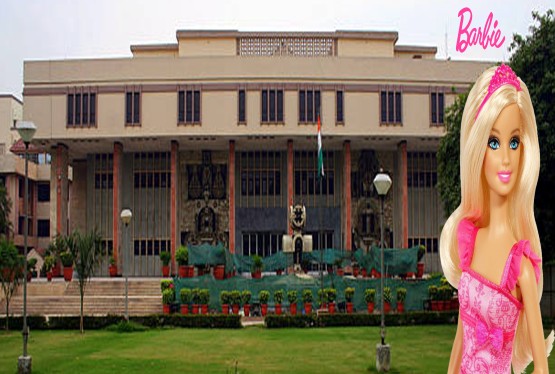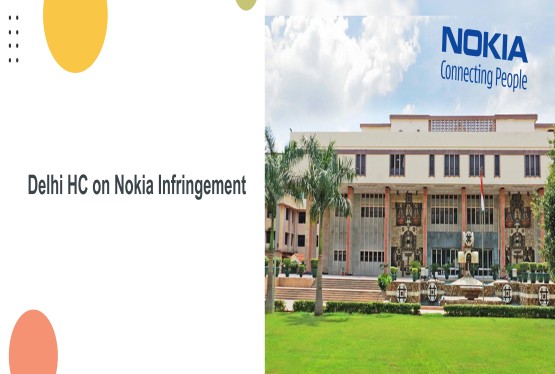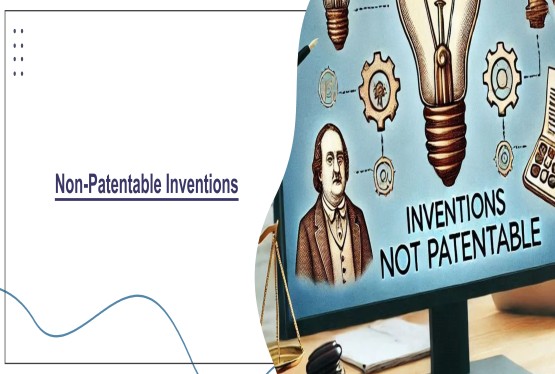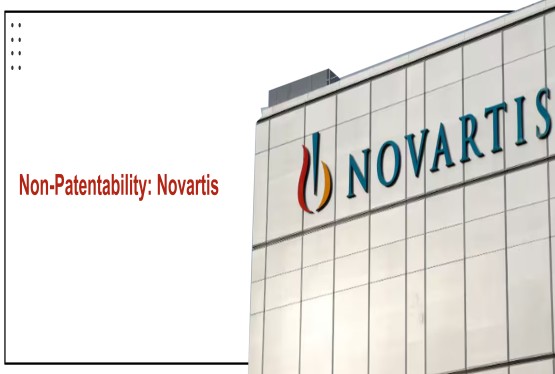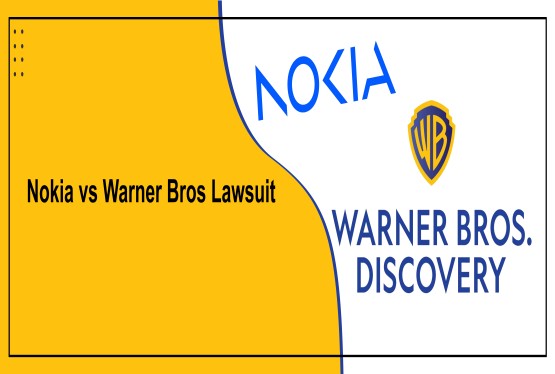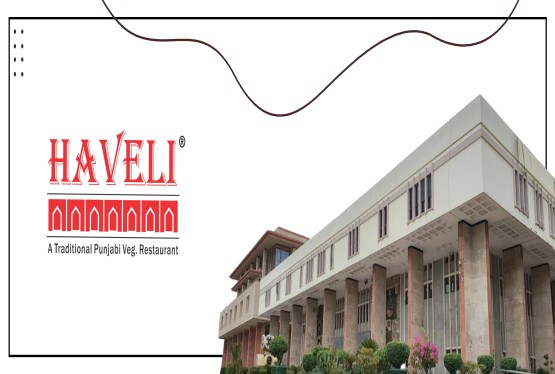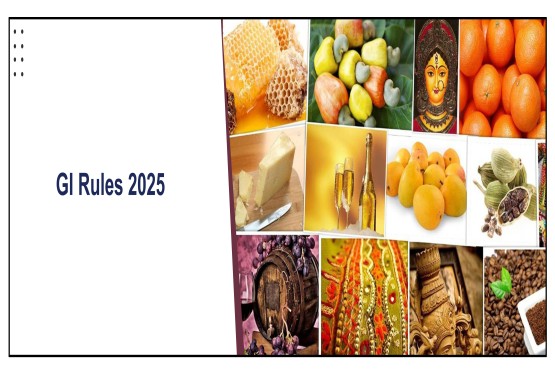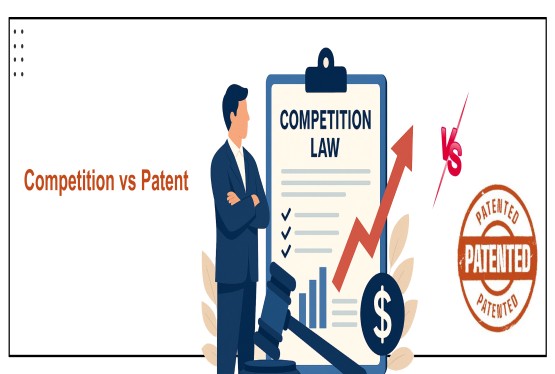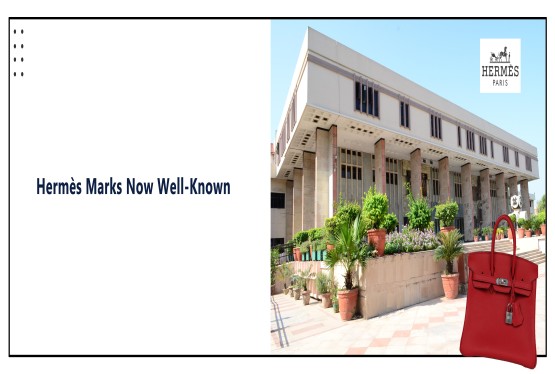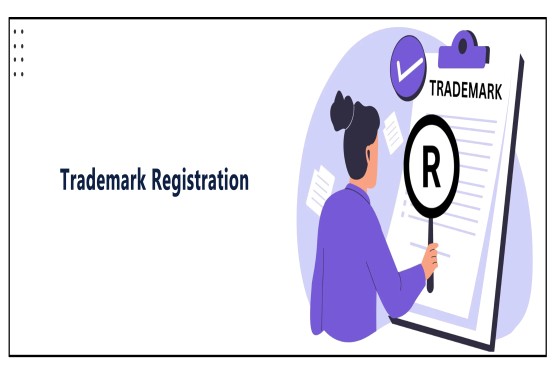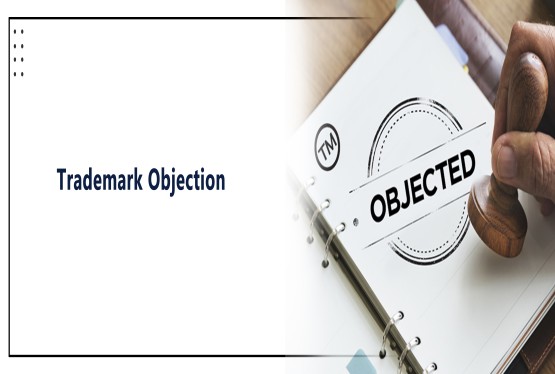A brewing trademark battle between McPatel Foods Pvt. Ltd., a homegrown Ahmedabad-based company, and global fast-food giant McDonald’s Corporation is attracting significant attention not just from lawyers and brand owners, but also from the public. At the heart of the dispute lies a deceptively simple question: Can McDonald’s claim exclusive rights over the prefix “Mc” in India?
While McDonald’s asserts that “Mc” is a distinctive part of its global brand identity, McPatel maintains that the prefix is a generic, culturally significant term that cannot be monopolised by any single company. This case is more than just a fight over a brand name it’s a clash between global corporate brand protection strategies and local cultural identity rights.
Background of the Dispute
McPatel Foods is well known in Gujarat for its snack offerings, especially its French fries’ brand ‘Ohh! Potato’. In early 2025, the company was served a legal notice from McDonald’s, accusing it of infringing McDonald’s trademarks by using the “Mc” prefix in “McPatel”
McDonald’s claimed that the “Mc” element is strongly associated with its products such as McNuggets, McFlurry, and McMuffinand therefore, McPatel’s use could cause consumer confusion and dilute the distinctiveness of the McDonald’s brand. The notice demanded that McPatel immediately stop using the “Mc” prefix in its trade name or face legal proceedings.
McPatel’s Defence: Culture Over Corporation
Rather than backing down, McPatel Foods fought back. The company filed a lawsuit in the Ahmedabad rural court under Section 142 of the Trademarks Act, 1999, which allows a party to seek relief against “groundless threats” of legal action.
Generic Nature of “Mc”
The prefix “Mc” has deep historical and linguistic roots that go far beyond its association with McDonald’s. Originating from Scottish and Irish surnames, “Mc” (or “Mac”) traditionally means “son of”, functioning as a patronymic marker in names such as McGregor, McCarthy, and McDonald. Over time, this usage spread into various cultures and linguistic contexts, often being adopted for reasons unrelated to its original Gaelic heritage.
In the case of McPatel Foods, the company uses “Mc” to mean “son of Patel”, a symbolic nod to the Patel community one of the largest, most economically significant, and culturally influential communities in Gujarat and across India’s diaspora. The Patels have a rich history of entrepreneurship, agriculture, and global migration, with the surname carrying a strong sense of identity, pride, and legacy. By incorporating “Mc” into its name, McPatel Foods claims it is celebrating cultural heritage rather than imitating McDonald’s. From their perspective, the term “Mc” is generic and descriptive, not something that can be monopolised by any single corporation, especially when its intended meaning in this context is rooted in local tradition and community pride rather than fast-food branding.
Cultural and Linguistic Roots
“Mc” as a cultural / patronymic element (not a copy of McDonald’s)
The prefix “Mc” (or “Mac”) historically means “son of” in Scottish and Irish Gaelic; it’s a patronymic element used to form surnames (McDonald = “son of Donald”). That etymology is well established and shows that the element itself predates any corporate brand.
When a local business says it used “Mc” to signal a connection with a community or family name for example, McPatel meaning (in their words) “son of Patel” that is a non-commercial, cultural explanation for the choice of prefix. News reporting of the Ahmedabad dispute quotes McPatel’s counsel saying precisely this (the company says the name honours the Patel community and isn’t meant to mimic McDonald’s). That factual narrative is relevant to a court’s assessment of intent and bona fide use, because trademark law does not punish honest, descriptive or culturally rooted uses of words.
Two practical legal points follow from that background: (a) a common linguistic element is less likely to be inherently distinctive it doesn’t automatically function as a source identifier on its own; and (b) courts routinely ask whether the defendant adopted the element in bad faith to ride on the plaintiff’s goodwill. If McPatel can show the prefix is rooted in naming tradition (and that the firm’s marketing and business story consistently reflect that), it strengthens a bona-fide-use defence and reduces the risk the court will treat the prefix as McDonald’s exclusive property. (Indian courts have in the past refused to award monopoly over common words or name elements when bona fide personal or business names were invoked.)
Why no visual / stylistic / trade-dress resemblance matters and how courts measure confusion
“Trade dress” or the “get-up” of a product/brand includes packaging, colour schemes, fonts, logos, store layout and other visual cues that tell consumers “Who made this.” In India the law treats such overall appearance as part of what a trademark can protect (if it functions as a source identifier), and courts emphasize the overall impression created by the mark and get-up rather than dissecting single words in isolation. That anti-dissection /overall-impression rule is central: judges compare how the average consumer will perceive the two presentations in the marketplace.
So, if McPatel’s name, packaging, labelling, fonts, colours, store design and adverts look and feel different from McDonald’s and there’s no copying of McDonald’s logos, golden arches, menu design, or signature product names the likelihood of confusion is much lower. Indian infringement law requires that the defendant’s use be likely to be taken as use of the plaintiff’s mark or to cause confusion/association; courts weigh visual similarity of marks together with the similarity of goods/services, trade channels, and the class of consumers. In short: the word “Mc” alone is only one piece of the puzzle.
How judges typically apply those ideas (practical factors)
Mark comparison (visual, phonetic, conceptual): courts look at the whole mark (not just one syllable), its pronunciation and meaning. If “McPatel” reads and sounds distinct from McDonald’s mark(s), that weakens an infringement claim.
Nature of goods/services and trade channels: identical or highly related goods sold in the same outlets make confusion easier to establish; distinct product ranges, distribution channels or target consumers make confusion less likely.
Degree of distinctiveness / fame: famous marks get wider protection (a well-known trademark can sometimes prevent uses in unrelated classes), but the proprietor still must show the element at issue functions as a source identifier in that market. EU and other courts have rejected overly broad protection when the proprietor cannot prove genuine, standalone use of a fragment. (See the Supermac’s / Big Mac litigation as an example of mixed outcomes for global brands trying to extend partial exclusivity.)
Actual evidence of confusion or intent: proof that consumers were actually misled, or that the newcomer acted in bad faith, supports an injunction; absence of such evidence helps the defendant. Indian courts have favoured local users where historical/common usage or bona-fide personal names existed (see the Sterling’s Mac decision).
Putting this into the McPatel context
If McPatel’s visual identity (logo, colours, packaging), product presentation, and distribution differ markedly from McDonald’s, a judge is less likely to find deceptive similarity purely because both names start with “Mc.”
If McPatel can document the cultural rationale for the prefix (how the name was chosen, the founder’s story, community significance), that helps rebut any inference of bad faith. Conversely, McDonald’s will argue the “Mc” prefix is part of a globally famous family of marks and that consumer association can arise even across product lines; courts will weigh that claim against the factual record of how McPatel presents its brand and the actual marketplace context.
No Standalone Trademark Rights
They do have registered trademarks for their full brand names like McDonald’s, McFlurry, McNuggets, etc., but not for “Mc” alone. Under Indian trademark law, you can only claim exclusive rights to the marks you have registered (and in some cases, well-known unregistered marks). So, if a company hasn’t registered a certain word or symbol as a standalone trademark, it can’t automatically stop others from using it especially if the usage is in a different style, context, or industry meaning.
In other words, McDonald’s can protect “Mc” when it appears as part of its own registered brand names but trying to ban all uses of “Mc” everywhere regardless of how it’s used goes beyond what trademark law allows. This is because trademark rights are meant to protect against consumer confusion, not to give total ownership over common words or prefixes. If you want, I can also explain how “standalone trademark” protection works in India and why this is a key defence for McPatel.
Legal Timeline and Current Status
Before the lawsuit, the dispute was brought to pre-litigation mediation before the Delhi High Court a mandatory process for commercial disputes under Indian law.
-
Mediation Outcome: The talks failed because McDonald’s maintained a hardline stance, insisting McPatel drop the “Mc” prefix entirely.
-
Court Proceedings: Following the failed mediation, McPatel filed suit in Ahmedabad. The rural court has issued a notice to McDonald’s, and the next hearing is scheduled for July 28, 2025.
The “Family of Marks” Doctrine
Indian courts recognise the family of marks concept, even though it is not explicitly defined in the Trademarks Act. Under this doctrine a company can protect a series of trademarks sharing a common feature (prefix/suffix) if used consistently enough for consumers to associate them with one source. Example: The Tata Group (Tata Steel, Tata Motors, Tata Consultancy Services).
However, courts have also warned against overextending this protection.
In the Modi-Mundipharma case, the court acknowledged the distinctiveness of the suffix “CONTIN” when used consistently in a series of marks but refused to grant monopoly over the suffix alone especially where other parties used it in non-infringing contexts.
This means that McDonald’s can protect “Mc” when part of its registered trademarks (e.g., McNuggets, McFlurry) but claiming exclusive rights over “Mc” in isolation is much harder to justify.
Why This Case Has Broader Significance
The McPatel v. McDonald’s dispute is more than a trademark squabble it touches on:
-
Limits of Trademark Monopolies: If McDonald’s prevails, it could encourage global corporations to claim rights over generic linguistic elements potentially limiting branding freedom in India.
-
Cultural and Regional Identity: McPatel’s argument underscores the need to balance intellectual property rights with cultural expression and linguistic heritage.
-
Competition and Market Access: Overbroad enforcement of trademark rights could stifle competition by blocking smaller players from using common language elements.
Public Sentiment and Industry Reaction
Public opinion in India has largely sided with McPatel, framing it as an underdog vs. multinational battle. Many see McDonald’s approach as overreaching, especially given that the “Mc” element here has clear cultural roots unrelated to burgers or fries.
Industry experts, however, warn that the case is legally complex:
-
McDonald’s will likely rely on its global brand recognition and argue that the “Mc” element enjoys such fame that consumers may assume a connection even in unrelated markets.
-
McPatel will seek to show that context matters and that linguistic, visual, and industry differences make confusion unlikely.
What Happens Next
As the case moves forward, the Ahmedabad court’s decision will set an important precedent.
-
If McPatel wins: Courts reaffirm that generic prefixes cannot be monopolised without standalone registration. Local businesses gain more freedom to incorporate culturally rooted terms into their branding.
-
If McDonald’s wins: It strengthens the family of marks doctrine for globally famous brands. It may embolden multinationals to aggressively enforce rights over partial brand elements.
Either way, this ruling will influence future trademark litigation in India and shape the balance between brand protection and market competition.
Key Legal Provisions in the McPatel vs McDonald’s Dispute
The clash between McPatel Foods and McDonald’s India revolves around the use of “Mc” and brings several provisions of the Trade Marks Act, 1999 into play.
Section 142 Groundless threats protects businesses from baseless trademark infringement threats. McPatel says McDonald’s threatened legal action without owning a standalone trademark for “Mc” in India.
Section 28 Rights from Registration Gives exclusive rights only for the registered mark. McDonald’s rights apply to marks like McDonald’s, McFlurry, not “Mc” alone.
Section 29 Infringement Covers use of similar marks causing confusion. McDonald’s may claim “McPatel” is similar, but McPatel says branding and style differ.
Section 11 Relative Grounds for Refusal Prevents registration of confusingly similar marks. McDonald’s may oppose McPatel’s mark, but cultural meaning and distinct branding can be a defense.
Section 9 Absolute Grounds for Refusal Stops registration of generic or customary terms.“Mc” has cultural roots (“son of”) and cannot be monopolised without distinctiveness.
Section 135 Remedies Courts can order injunctions, damages, or stop use.McPatel seeks injunction to stop McDonald’s threats.
FAQs
Q1. What is the dispute between McPatel Foods and McDonald’s about?
Ans. The dispute revolves around the use of the prefix “Mc” in McPatel’s brand name. McDonald’s claims that “Mc” is part of its global brand identity and should not be used by others, while McPatel argues it is a generic cultural term in their context and unrelated to McDonald’s branding.
Q2. Why does McDonald’s object to McPatel’s use of “Mc”?
Ans. McDonald’s believes that “Mc” is strongly associated with its products worldwide (e.g., McBurger, McNuggets) and that other businesses using it could cause brand dilution or consumer confusion.
Q3. How does McPatel justify its use of “Mc”?
Ans. McPatel states that “Mc” in their name stands for “son of Patel,” honoring the Patel community in Gujarat. They argue it has cultural and linguistic roots, not marketing inspiration from McDonald’s.
Q4. Is “Mc” a generic term?
Ans. Yes, historically in Scottish and Irish heritage, “Mc” means “son of” and has been used in many cultures. McPatel claims it is generic and cannot be monopolised by one company.
Q5. Does McDonald’s have a trademark for “Mc” alone in India?
Ans. No, McDonald’s does not hold a standalone trademark registration for “Mc” in India. Their registered marks include the full names (like McDonald’s, McFlurry, etc.), not the prefix by itself.
Q6. What legal steps have been taken so far?
Ans. McDonald’s initially started mediation in the Delhi High Court, but no agreement was reached. McPatel then filed a case in the Ahmedabad rural court under Section 142 of the Trademark Act, seeking an injunction against McDonald’s “groundless threats.”
Q7. Why is this case important for Indian businesses?
Ans. The outcome could set a precedent for how much protection global companies can claim over common words or cultural terms, and how local brands can defend their use of shared language in branding.
Q8. Could consumers confuse McPatel with McDonald’s?
Ans. McPatel argues there is no chance of confusion because their logo, packaging, and trade dress look nothing like McDonald’s, and they operate with different brand styles and identities.

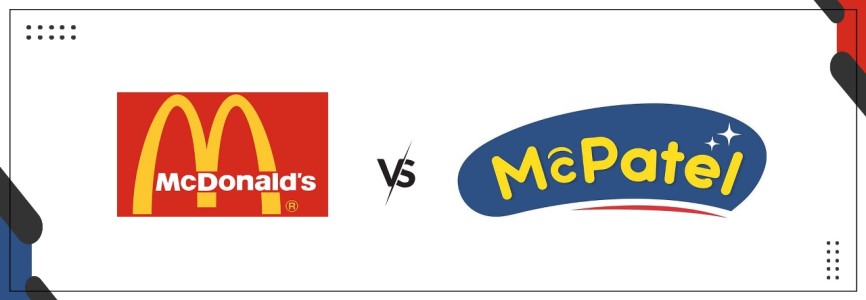




























_(b)_of_the_Trademark_Act,_1999_(1)_crop10_thumb.jpg)



_crop10_thumb.jpg)




























_crop10_thumb.jpg)
_crop10_thumb.jpg)






_crop10_thumb.jpg)








_crop10_thumb.jpg)



_crop10_thumb.jpg)





























_crop10_thumb.jpg)

















_crop10_thumb.jpg)






_crop10_thumb.jpg)












































































































































_crop10_thumb.jpg)




































_crop10_thumb.jpg)












_crop10_thumb.jpg)













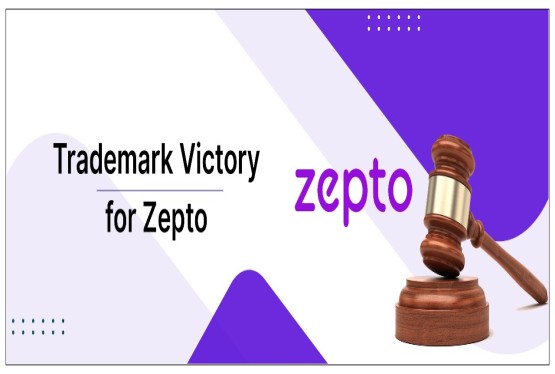




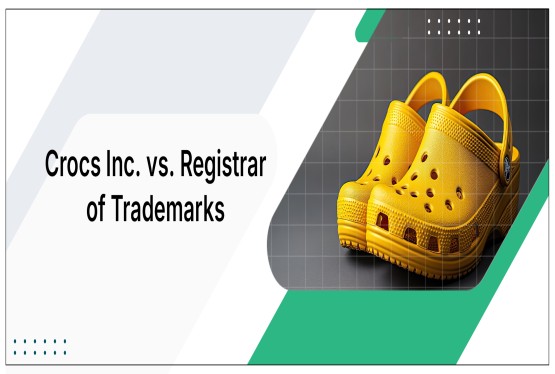















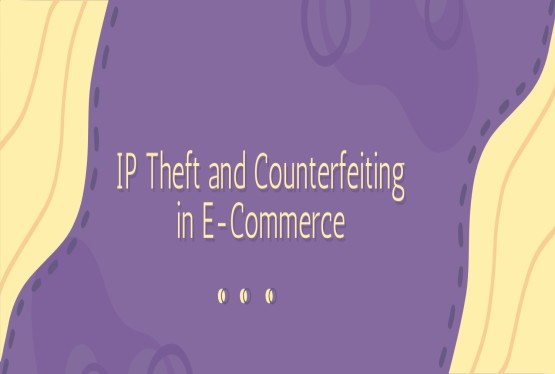












_crop10_thumb.jpg)






